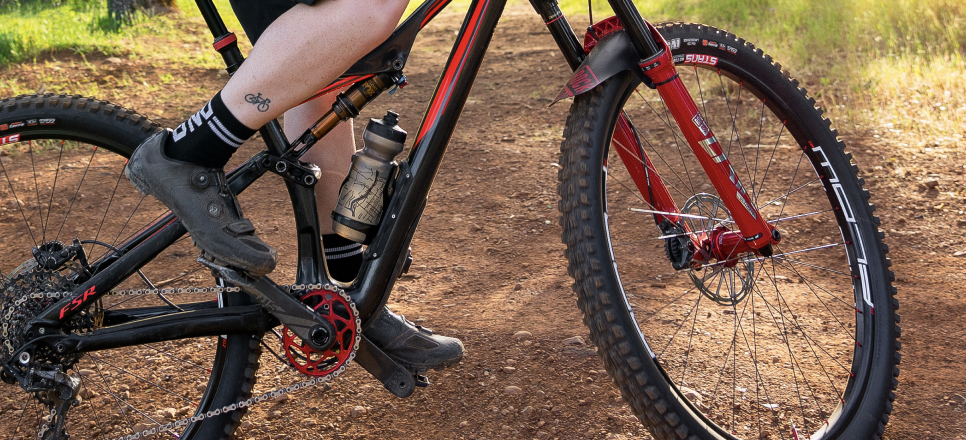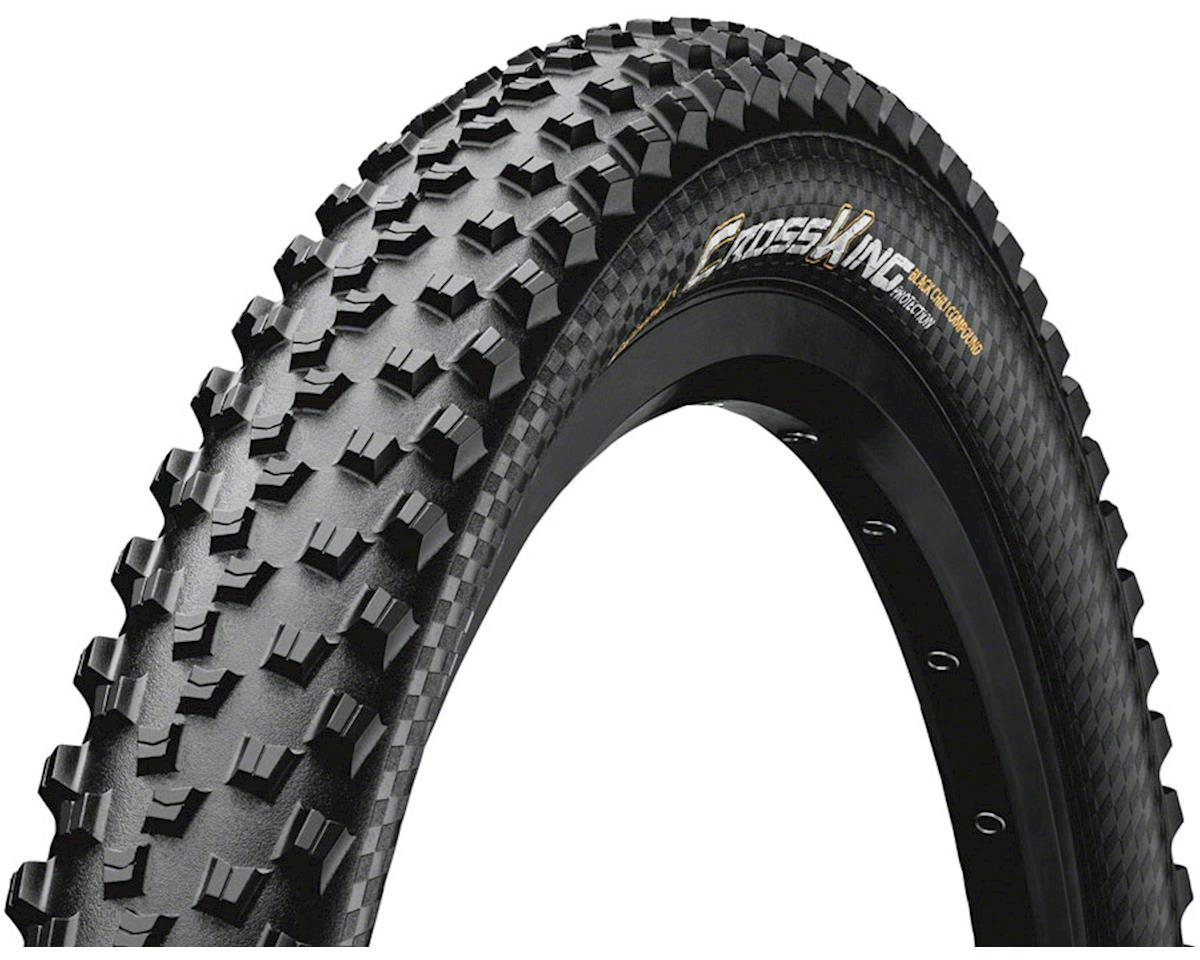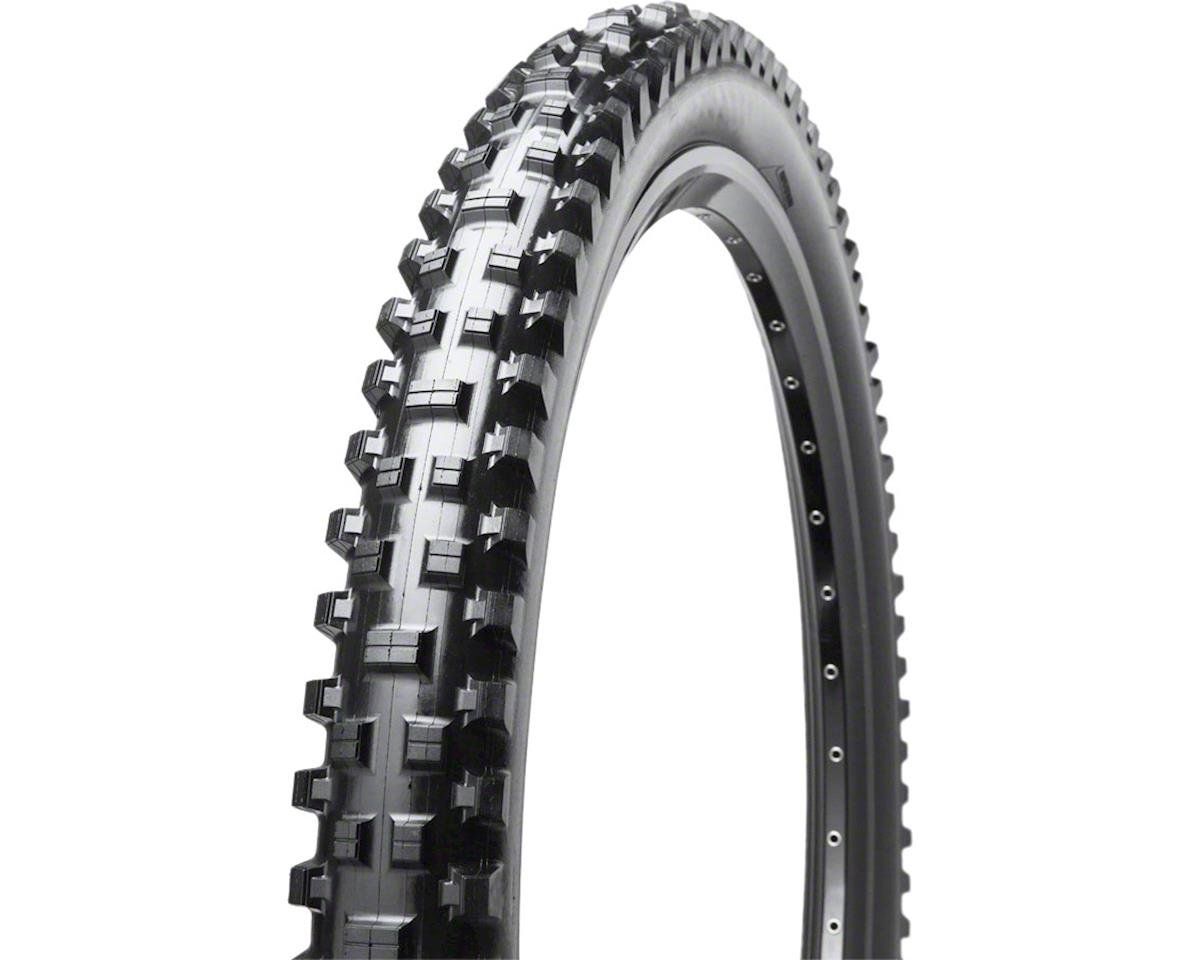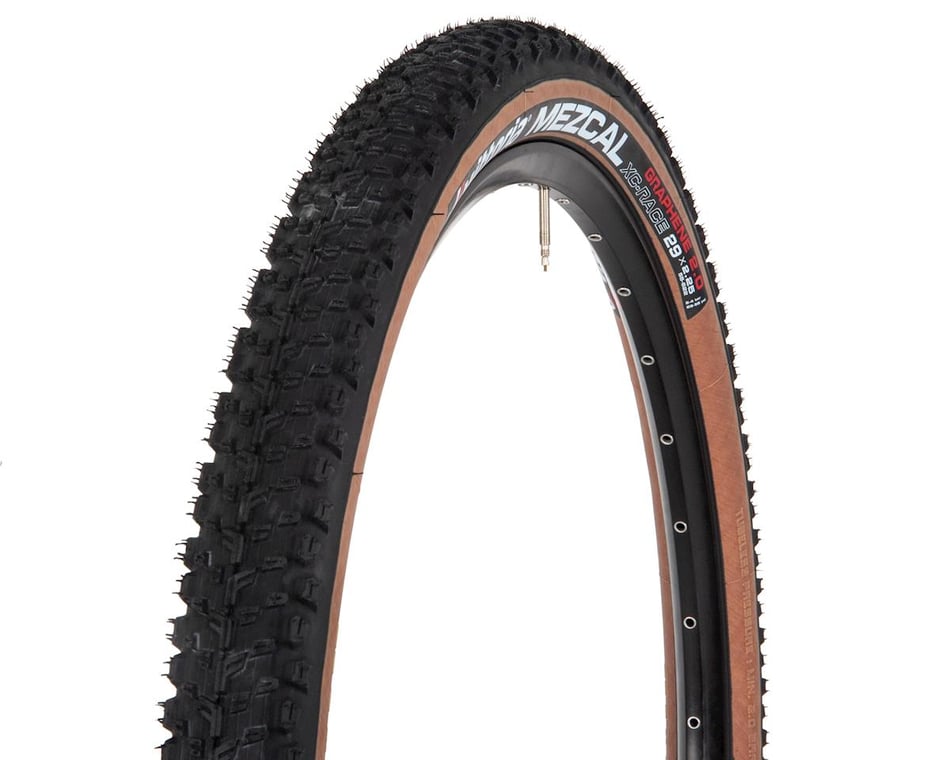Mountain Bike Tires - The Basics
Wide, narrow, knobby, smooth, fast, sticky. How to choose?

New tires are the most impactful and cost-effective upgrade you can make to your bike, but recent advancements to design and materials have complicated a simple process. Driven by the advent of tubeless systems and innovations in frame and rim specs, modern tires now come in several wheel sizes, widths, treads, and casings. As a result, Performance stocks a dizzying variety of tires for all off-road purposes. Which model is right for you? Read on to find out!

Size
Size isn't a choice when selecting your tires; size is determined by the diameter of your bicycle's wheel. Manufacturers' wheel options include 26", 27.5", and 29". For about twenty years, 26" was the universal wheel size for adult mountain bikes. Then Gary Fisher introduced a line of bicycles sporting 29" wheels in 2001, and Kirk Pacenti standardized the 27.5" size for mountain bikes in 2007. Now, mountain tires are available for all three wheel sizes.
If you aren't sure which size you need, check the sidewalls of your current tires and/or wheels for designation. If the labels on your sidewalls or wheels don't help, it might seem like a good idea to break out the measuring tape and just check the diameter yourself. If you do, beware! Wheels are measured from rim bed to rim bed to determine their "bead seat diameter," and rims advertised as 26", 27.5", and 29" are actually significantly smaller than those imperial measurements (see the metric values, below).
Unlike other tire options covered below, tire sizes are not interchangeable. Make sure to determine your correct size before you buy!
Width
Mountain tires have trended wider over the past few years as tubeless systems and wider rim beds have redefined ideal tire pressure and profile shape. Framebuilders, too, have widened tire clearance between forks and your bicycle's rear triangle to accommodate fatter tires. The result of these developments? Tires twice as wide as their forebears, run at lower pressures for enhanced traction and control.
Unlike tire size, width is something you can customize for your bicycle and riding conditions. Wider is typically better, with two caveats. First, wider tires are intrinsically heavier than their narrower counterparts. Second, your mountain bike's rim widths and frame's clearances may limit your options; most modern mountain-specific frames will allow you to run up to 2.2", with many "Boost" frames clearing up to 3.0" tires! When in doubt, check your frame's specs.
Err on the side of caution with tire width. It's better to buy a tire that clears your frame or fork than to mount a tire that rubs your frame when you pedal hard. Some modern frame manufactures publish specifications for tire clearance, but unfortunately, tire and rim combinations will make tire widths vary. We've seen 2.2" tires measure out to 2.35" and we've seen 2.35" tires measure out to 2.2". Carefully inspect your tire clearance before testing out that new rubber.
Treads, Knobs, and Casings... oh my!
If you have ever had your rear wheel spin out during a punchy climb, your front wheel slide out on a loamy descent, or your knobs clog with mud on a wet day, you know why traction matters. Traction is the product of width, pressure, treads, and casing. Once you know how wide you want to go, you can choose your tires' tread pattern and casing!
Ideally, your tires' treads will match your riding conditions. Most tires come ready to tackle various kinds of terrain and surfaces, but some are specialists. They carve through mud, stick onto rocks, or fly over gravel. Hardpack tires come with smaller, closely-spaced knobs to provide speed in dry conditions. Mud tires come with larger, spaced-out knobs to dig into, and shed soft earth. Think carefully about your local trail conditions before selecting your tread pattern.
Many tires now come in a variety of casing compounds. You can find phrases like "fast-rolling," "tough," or, "high grip," printed on the sidewalls of premium selections, indicating the type of compound used in the tire mold. Casing threads per inch, or TPI, affects the durability, suppleness, and weight of tires you select; higher thread counts are lighter and more supple, and lower thread counts are heavier and more durable. If you ride Moab's rocky desert, you might prioritize low TPI with small knobs. In a dripping, root-ridden Appalachian forest? Grab larger knobs with high TPI.
Check out our staff favorites, below, to see what tires Performance's pros and mechanics choose for our local trails.






